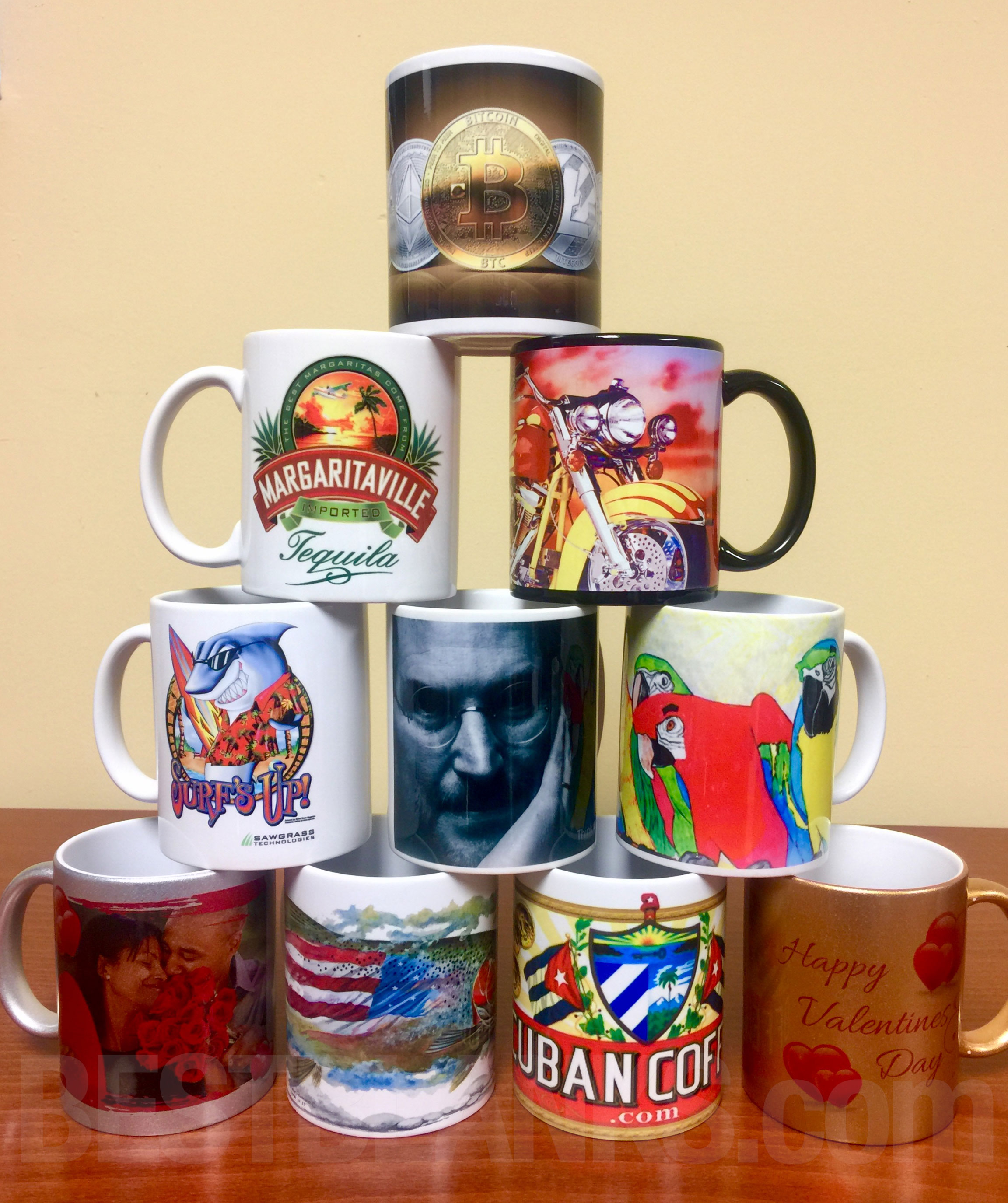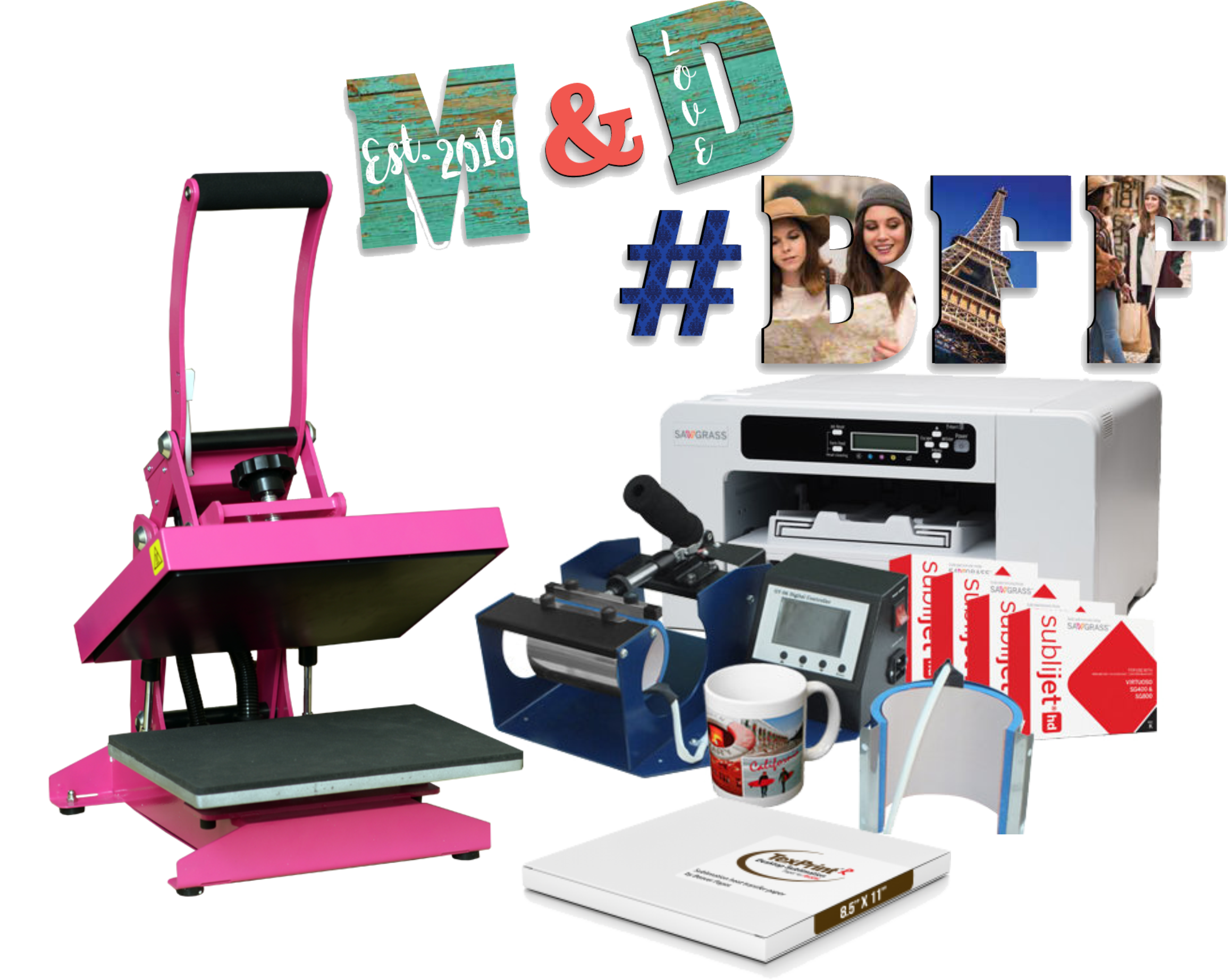Screen Printing Strategies: Understanding the Art for Branded Clothing
Wiki Article
Innovations in DTF Printing: How It's Changing the Industry
The fabric printing sector is undergoing a considerable improvement, driven by the cutting-edge innovations in Direct-to-Film (DTF) modern technology. These developments are not just enhancing print high quality and versatility however likewise enhancing the whole printing procedure. With remarkable ink formulations, improved film and sticky innovations, and the combination of automation, DTF printing provides lively, long lasting prints on a selection of textiles, fulfilling the raising demand for personalization. As services look for a lot more ecologically friendly and efficient solutions, the implications of these developments necessitate a closer examination right into just how they are forming the future of fabric printing.Innovations in DTF Innovation
Advancing quickly, DTF (Direct-to-Film) printing technology has gone through significant enhancements that are revolutionizing the textile sector. Modern DTF printers use advanced ink formulas that result in vivid, resilient prints with high resolution and shade precision.
In addition, innovations in film and sticky innovations have actually enhanced the general application process. New films provide much better elasticity and adhesion, enhancing the sturdiness and washability of the published designs - sublimation printing. This makes sure that the prints preserve their stability and vibrancy even after multiple washes
Lastly, ecological factors to consider have actually triggered the growth of eco-friendly DTF solutions. Suppliers are significantly embracing sustainable practices, such as utilizing water-based inks and recyclable films, straightening with worldwide efforts to reduce the sector's environmental footprint.
Benefits Over Typical Techniques
When comparing DTF printing to conventional methods such as display printing and direct-to-garment (DTG) printing, a number of distinct benefits emerge. screen printing. One of the most substantial advantages is its adaptability in textile compatibility. Unlike display printing, which commonly needs specific material types, DTF printing can be related to a broader array of materials, consisting of cotton, polyester, and blends, without jeopardizing print qualityOne more noteworthy benefit is cost-effectiveness, especially for tiny to medium-sized orders. Standard screen printing ends up being economically viable just at greater volumes as a result of the setup prices involved. On the other hand, DTF printing eliminates these configuration expenditures, making it much more cost effective for smaller sized batches and one-off layouts.
Additionally, DTF printing succeeds in toughness and washability. The prints generated are robust and preserve their stability via multiple laundry cycles, outperforming DTG prints that may split or discolor over time. Furthermore, DTF printing provides faster turn-around times. Without the need for substantial arrangement, designs can be printed and transferred in a portion of the moment needed for screen printing.

Boosted Design Capabilities
DTF printing supplies boosted layout capacities that establish it apart from standard printing techniques. The process entails publishing a style onto a special movie, which is then transferred to textile.Moreover, DTF printing sustains a large range of fabrics, consisting of cotton, polyester, blends, and even non-textile substratums. This convenience opens up doors for creative applications in varied markets such as fashion, home style, and marketing products. Unlike display printing, which can be limiting as a result of shade separation and stencil production, DTF printing simplifies the procedure, making photo-realistic and multi-color styles much more obtainable.
Furthermore, DTF printing succeeds in achieving constant shade accuracy and vibrancy. This is vital for brand consistency and conference customer assumptions. The modern technology also sustains unique effects, such as glow-in-the-dark aspects and metal finishes, even more increasing artistic opportunities. Fundamentally, DTF printing empowers designers to press the borders of creativity, providing aesthetically stunning results that were previously unattainable.
Cost and Time Efficiency
One of the remarkable benefits of DTF printing lies in its cost and time performance, making it a recommended selection for several services. Unlike conventional methods that call for significant investment in displays and configuration times, DTF printing allows for straight application onto different materials with marginal preparation.Moreover, DTF printing masters creating brief runs and custom-made orders cost-effectively. The ability to generate high-quality prints without the demand for big volume dedications reduces waste and maximizes resource appropriation. This versatility is particularly important link useful for small companies and start-ups that might not have the funding to purchase massive production runs.
In regards to operational performance, DTF printing's streamlined process boosts general performance. The technology's compatibility with a wide variety of fabrics and substratums additionally broadens its application extent, minimizing the need for several printing systems. Consequently, businesses can attain a much faster turnaround time, improving client fulfillment and competitiveness in click site the market. Therefore, DTF printing stands apart as a transformative service in the printing sector.
Future Trends in DTF Printing
Anticipating future trends in DTF printing exposes a landscape marked by fast technical innovations and raised market need (heat transfer vinyl printing). One substantial fad is the integration of artificial intelligence (AI) and artificial intelligence algorithms to optimize print quality and streamline operations. AI-driven systems can predict potential concerns and readjust setups in real-time, making certain continually top quality outputIn addition, innovations in sustainable materials and eco-friendly inks are anticipated to obtain grip. As environmental issues become extra important, the industry is likely to see a change towards biodegradable and safe inks, reducing its eco-friendly impact.
Customization and customization will certainly also play a crucial duty. With the growing customer demand for unique, customized products, DTF printing technologies are progressing to provide more complex and comprehensive personalization options. This fad Discover More Here is supported by boosted software application solutions that permit for more facility and innovative layouts.
Finally, the combination of DTF printing with various other digital systems and e-commerce remedies will come to be more smooth. This connectivity will certainly enable services to offer on-demand printing services straight to consumers, better driving growth in the sector. These trends collectively highlight a future where DTF printing not only fulfills however surpasses the advancing requirements of the marketplace.
Conclusion

When comparing DTF printing to typical techniques such as screen printing and direct-to-garment (DTG) printing, numerous unique benefits arise. Unlike display printing, which commonly requires specific textile types, DTF printing can be used to a broader array of products, including cotton, polyester, and blends, without jeopardizing print quality.
DTF printing uses enhanced layout abilities that establish it apart from typical printing approaches. Hence, DTF printing stands out as a transformative service in the printing market.
Advancements in DTF printing significantly improve the fabric printing sector by providing remarkable print top quality, versatility, and effectiveness.
Report this wiki page